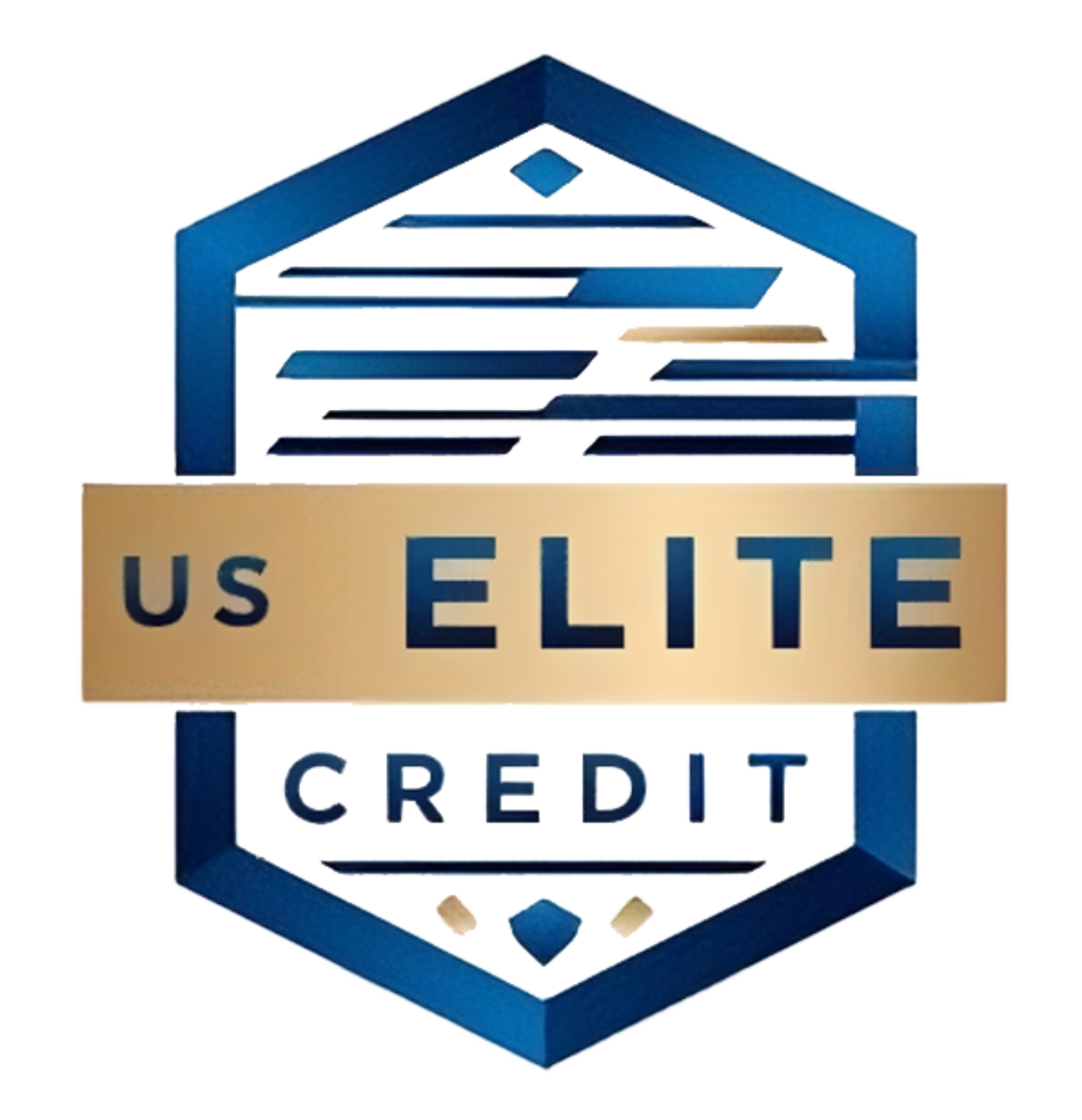There’s a growing trend in retail that allows you to finance your purchases right at the point of sale, and US Elite Credit is leading the way. This blog post will guide you through the importants of utilizing point of sale financing effectively. You’ll learn how to navigate the application process, understand repayment options, and maximize your purchasing power without the hassle of traditional credit routes. By the end, you’ll be equipped with the knowledge needed to make informed decisions that best suit your financial needs.
Understanding Point Of Sale Financing
While navigating your purchasing options, it’s important to familiarize yourself with point of sale financing. This financing solution allows you to make purchases at the moment of sale, breaking down the total cost into smaller, manageable payments over time. With this approach, you can enjoy the benefits of your purchase immediately while preserving cash flow for other expenses.
What Is Point Of Sale Financing?
To put it simply, point of sale financing is a service offered by retailers that lets you finance your purchases at the checkout. This type of financing usually involves a quick application process, typically through a mobile device or in-store kiosk, allowing you to receive approval instantly. You can then pay off your purchase in installments, making it easier to manage your budget.
Benefits of Using Point Of Sale Financing
Understanding the benefits of point of sale financing can enhance your shopping experience. This payment method not only provides convenience but also flexibility, allowing you to make larger purchases without straining your finances. You can make use of promotional offers and repay in installments, which can often be interest-free if settled within a specific timeframe.
For instance, by using point of sale financing, you can buy that new appliance or gadget you’ve been eyeing without an immediate burden on your bank account. Many retailers offer payment plans that fit within your budget, making expensive purchases more accessible. You gain the advantage of enjoying your purchase right away, while still having the option to manage payments on your terms, rather than compromising on quality or making sacrifices elsewhere.
How-To Navigate Point Of Sale Financing
The process of navigating point of sale financing can seem overwhelming at first, but with the right guidance, you can make informed decisions. Understanding the steps involved and selecting a suitable financing option is key to maximizing your purchasing power while minimizing costs.
Step-by-Step Guide to Applying for Financing
Guide your financing journey by following these steps:
| Step | Description |
| 1 | Research available financing options at your point of sale. |
| 2 | Complete the financing application with your personal information. |
| 3 | Review interest rates and terms before proceeding. |
| 4 | Sign the agreement if you find satisfactory terms. |
Tips for Choosing the Right Financing Option
Choosing the right financing option requires careful consideration of various factors:
- Review the interest rates offered.
- Evaluate repayment terms and flexibility.
- Consider any fees associated with the financing.
Assume that knowing your budget and understanding the total cost of financing will help you make the best choice.
Financing options vary greatly, and understanding them will aid your decision-making process:
- Analyze monthly payment amounts against your budget.
- Check if early repayment options are available without penalties.
- Ask about customer service and support you can receive post-financing.
Assume that thorough research on these aspects will enhance your confidence when choosing a financing solution.
Key Factors to Consider
There’s a lot to think about when navigating point of sale financing. Key factors to consider include:
- Interest rates and fees
- Loan terms and conditions
- Your credit score
- Shop policies
Thou must evaluate these aspects to make informed financing decisions.
Interest Rates and Fees
The interest rates and fees associated with point of sale financing can vary significantly by lender. It’s vital to compare rates to find the most affordable option. These costs can affect your overall repayment amount, so be sure to factor them into your budgeting plans.
Loan Terms and Conditions
You should carefully review the loan terms and conditions before signing any agreement. Understanding the repayment schedule, any potential penalties, and the total cost of the loan will help you avoid unexpected issues.
Rates and terms can fluctuate based on your financial history and the lender’s policies. It’s important to look for flexible repayment options and to be aware of the total duration of the loan. You’ll want to ensure that the terms suit your financial goals and that you can comfortably manage the monthly payments.
Common Mistakes to Avoid
Despite your best intentions, navigating Point Of Sale financing can lead to missteps that affect your financial health. You may find yourself overwhelmed by the options and end up making hasty decisions. Avoid common traps such as overlooking hidden costs and misunderstanding your financing terms, as these errors can lead to a more expensive experience and potential regret down the line.
Overlooking Hidden Costs
Clearly, when you enter a financing arrangement, it’s easy to focus solely on the monthly payments and interest rates. However, hidden costs such as origination fees, late payment penalties, and even the costs associated with changes in your financial situation can add up quickly, impacting your total financial obligation.
Misunderstanding the Terms of Financing
Even minor misunderstandings about the terms of your financing agreement can lead to significant financial consequences. You may misinterpret the payment schedule or the impact of a fluctuating interest rate, which can affect your overall budget and repayment plan.
Hidden fees and complex terms can lead you to underestimate the total costs of borrowing, leaving you in a tough financial spot later on. For example, if the financing terms include a variable interest rate, you might find your monthly payments ballooning unexpectedly. Always read the fine print and ask for clarity on any terms you do not understand to ensure you’re making an informed decision.
Best Practices for Managing Your Financing
After securing your financing, it’s crucial to manage it effectively. This includes tracking your spending, understanding your payment structure, and planning for any future expenses. By doing so, you can ensure that you stay on top of your obligations and avoid unnecessary debt accumulation.
Tips for Staying Within Your Budget
Budget effectively by allocating funds specifically for your financing. Here are a few tips to keep in check:
- Create a monthly budget plan and stick to it.
- Limit discretionary spending while your financing is active.
- Set up savings goals to prepare for upcoming payments.
Any overspending could lead to financial strain, so it’s best to be cautious.
Monitoring Your Payments and Credit
Tips for effective monitoring include staying current with your payment schedules and checking your credit report regularly.
A consistent approach to monitoring your payments helps you maintain a healthy credit score. Track due dates, and set reminders to avoid missing payments, as this can negatively impact your finances. Additionally, review your credit report to ensure its accuracy and be aware of how your financing affects your credit score. Keeping an eye on these elements empowers you to manage your financial health proactively.
FAQs on Point Of Sale Financing
For many consumers, point of sale financing can seem overwhelming. This section addresses the most frequently asked questions about this financial option, helping you make an informed decision when considering financing at checkout. Understanding the ins and outs of point of sale financing can empower you to utilize this tool effectively, so you can enjoy the benefits without encountering unexpected pitfalls.
Addressing Common Concerns
Clearly, you may have worries when it comes to point of sale financing. Issues such as hidden fees, interest rates, or your credit score’s impact can create confusion. By addressing these common concerns, you can approach financing with confidence, knowing that you are equipped with the right information to make the best choice for your financial situation.
Clarifying Misconceptions
Some misconceptions about point of sale financing can lead to hesitation in using this financing solution. Many people assume that such financing options are only available to those with excellent credit, or that they are riddled with high hidden costs. However, several financing programs cater to a wide range of credit profiles and are transparent about their terms.
Clarifying these misconceptions is vital in helping you understand that point of sale financing can be viable for many consumers, regardless of their credit history. Additionally, reputable lenders clearly outline their fees and interest rates upfront, assuring you know what you are signing up for before committing. This transparency can alleviate concerns about unexpected costs, allowing you to leverage point of sale financing effectively while keeping your finances in check.
Summing up
From above, you’ve gained an necessary understanding of how to navigate Point Of Sale Financing with US Elite Credit. By leveraging this knowledge, you can confidently evaluate financing options that align with your purchasing needs. Ensuring that you understand the terms and benefits will empower you to make informed decisions, ultimately enhancing your shopping experience while managing your financial commitments effectively. With the right approach, you can enjoy a seamless transition into using Point Of Sale Financing to your advantage.

